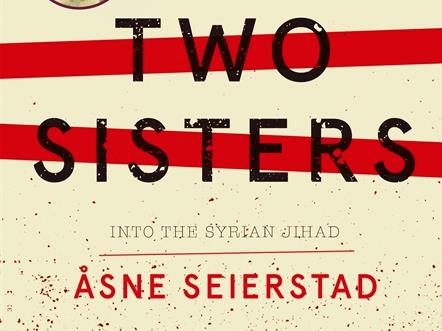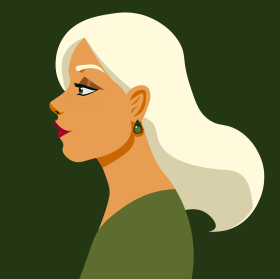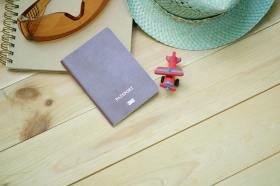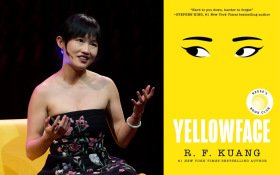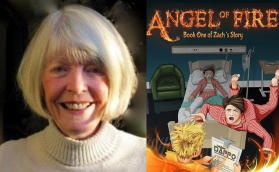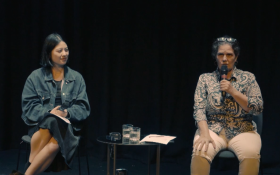Book cover image Two Sisters by Asne Seierstad via Hachette Australia.
Two Sisters is literary journalism at its best. Åsne Seierstad’s stated objective is to shed light on the radicalisation process by telling the story of two young women – the two sisters of the title. As Seierstad writes:
‘I offer no explanation, neither of what attracted them to Islamic radicalism nor what propelled them out of Norway. It is up to each reader to draw his or her conclusions. Where did it start? What were the underlying reasons? When could they have made different choices? How could an aspiring diplomat choose to become a housewife in Raqqa? Why did they become more interested in life after death than this life?’
In 2000, Sadiq and Sara Juma emigrated from Somaliland to Norway when their daughters Ayan and Leila were six and three years old and their son Ismael was five. Their second son, Jibril, was born in 2002 and their youngest son, Isaq, in 2007. As the family grew in number, the Norwegian authorities allocated them a larger apartment in an area crowded with children. As youngsters, the young Jumas behaved much as all the other children. They went to good schools, spoke Norwegian and became Norwegian citizens.
The family remained Muslim by religion and the children regularly attended the local mosque. The two sisters were increasingly influenced by Muslim teaching. Their oldest brother, with whom they were close, became an atheist although subject to the same influences.
Seierstad describes how, over a number of years, Ayan and Leila became more and more involved in organising religious meetings and functions and in helping to recruit other young women to an organisation known as Islam Net. They enjoyed these activities and were empowered by them. Visiting charismatic preachers and their own reading of the Koran contributed to their understanding of Islam. How they dressed became more and more important to them. Seierstad provides a great amount of detail about this period in the lives of the two sisters and quotes from their own writing, using school work and social media records for the purpose.
By the time Ayan was 18, she and her sister had made up their minds to travel to Syria. They kept this a secret for almost a year while they prepared for the journey. And they made it successfully to Syria before their parents or the authorities could stop them. There can be no doubt that this is what they wanted to do; there is no evidence of any coercion. To Ayan and Leila, Syria was where they could lead the sort of life that the Koran dictated for women.
‘We want so much to help Muslims, and the only way we can really do this is by being with them in both suffering and joy … and help out down there as best we can’, they wrote to their parents. But once in Syria they were not allowed to help in a hospital for long; it was decided they were better off in the home. So they became wives and mothers and housekeepers and continued in their belief that they were doing the right thing. Their occasional communications with their sceptical brother and with their mother showed they were very happy with their lot.
Seierstad describes their father’s attempts to bring his daughters back to Norway; he cannot understand why they can’t be good Muslims in Norway or, for that matter, in Somaliland. She describes deteriorating conditions in Raqqa where the sisters continued to live, still both happily married. She describes how ISIS was organised and how it perceives the very different roles required of men and women. She offers some insights into how beheadings and suicide bombers can be rationalised. And she explains her research methods, describes how she obtained and verified and double-checked information and the efforts she made to be as accurate as humanly possible. So while Seierstad does not pretend to have the answers to radicalisation, she sheds a brilliant light on a very difficult question.
Rating: 5 stars out of 5
Two Sisters
By Asne Seierstad
TRUE STORIES: DISCOVERY / HISTORICAL / SCIENTIFIC
Trade Paperback: MAR 13, 2018 | 9780349009049
Hachette Australia
Imprint: Virago
